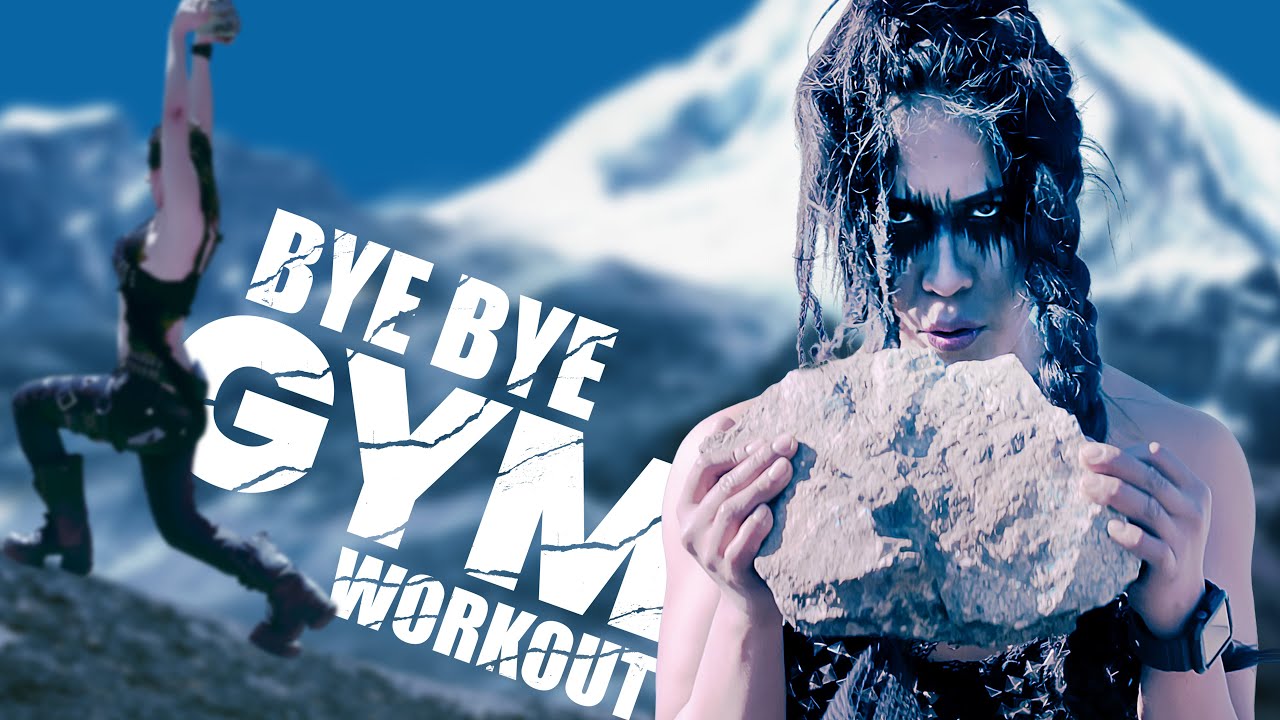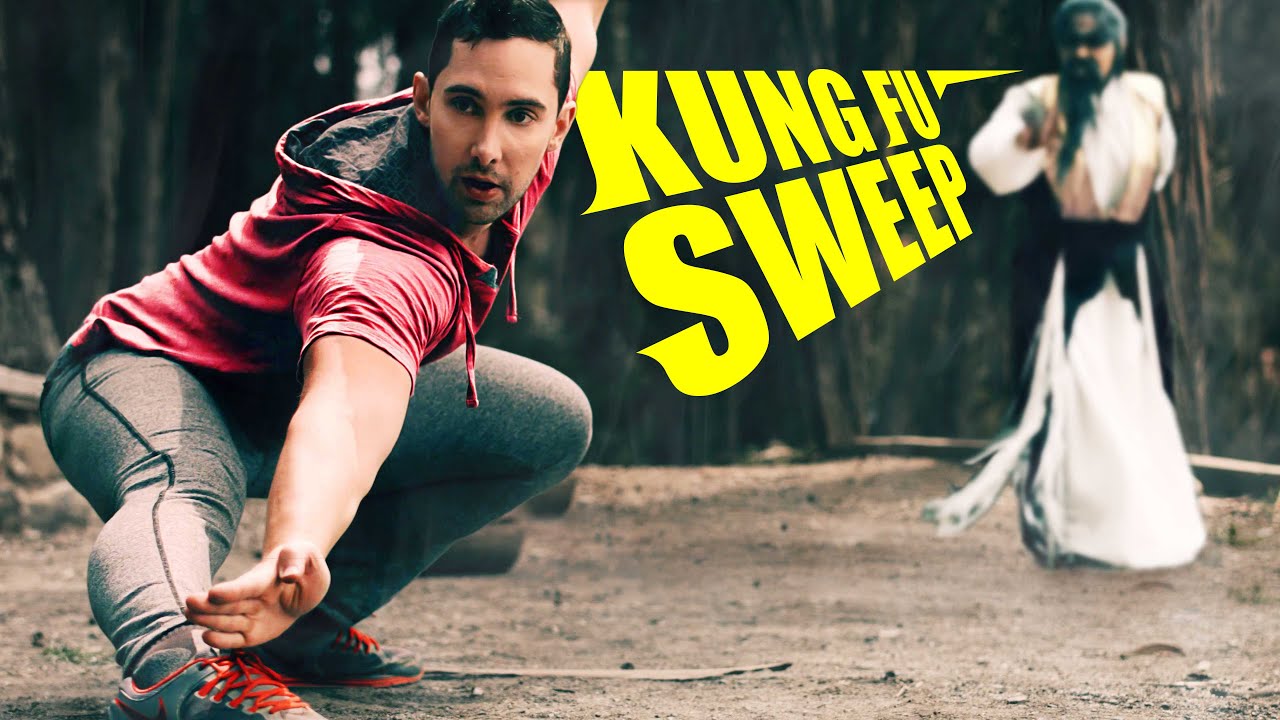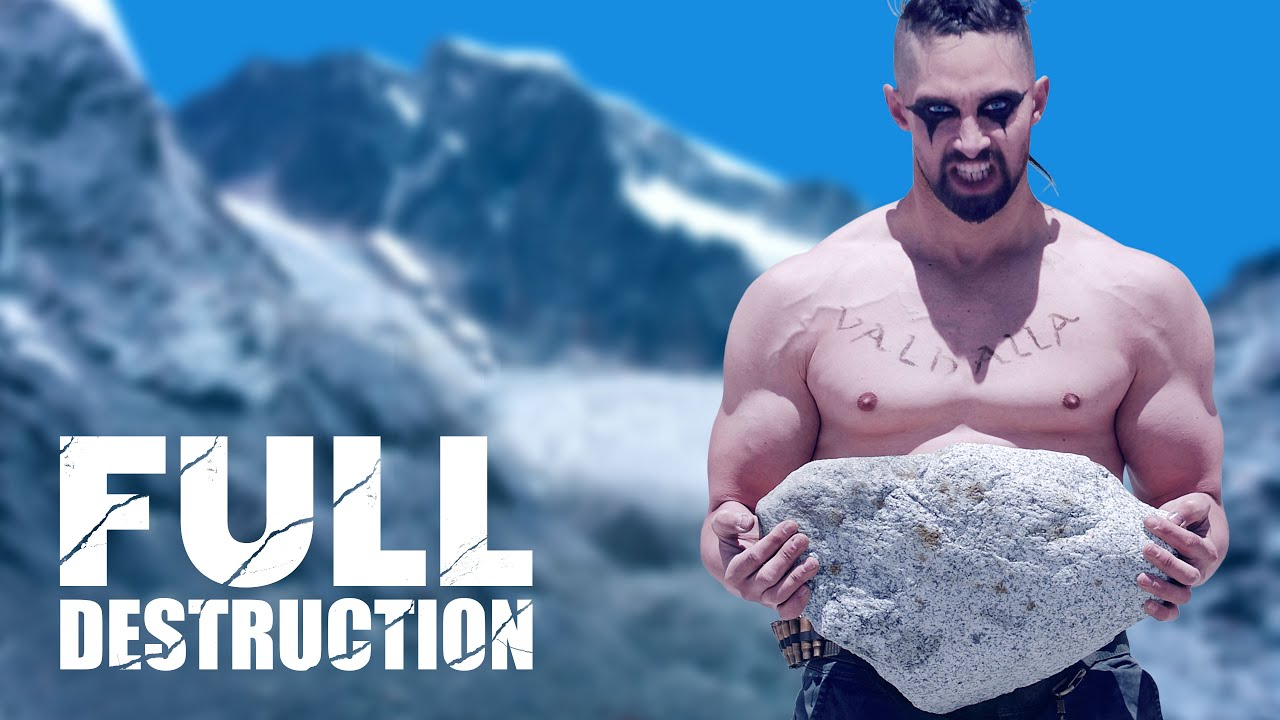The 5 Basic Wushu Stances
This instruction was renewed and split into 5 sub-categories:
Wushu Horse Stance (ma bu)
Wushu Bow Stance (gong bu)
Wushu Cat Stance (xu bu)
Wushu Flat Stance (pu bu)
Wushu Rest Stance (xie bu)
In this lesson you will learn how to execute the 5 basic wushu stances. The 5 stances are the first things beginners should learn. This is how the 5 stances are done in modern wushu. In traditional styles, the stances may be performed slightly different. Modern
wushu = competitive wushu = modern longfist, broadsword, staff, straightsword, spear.




